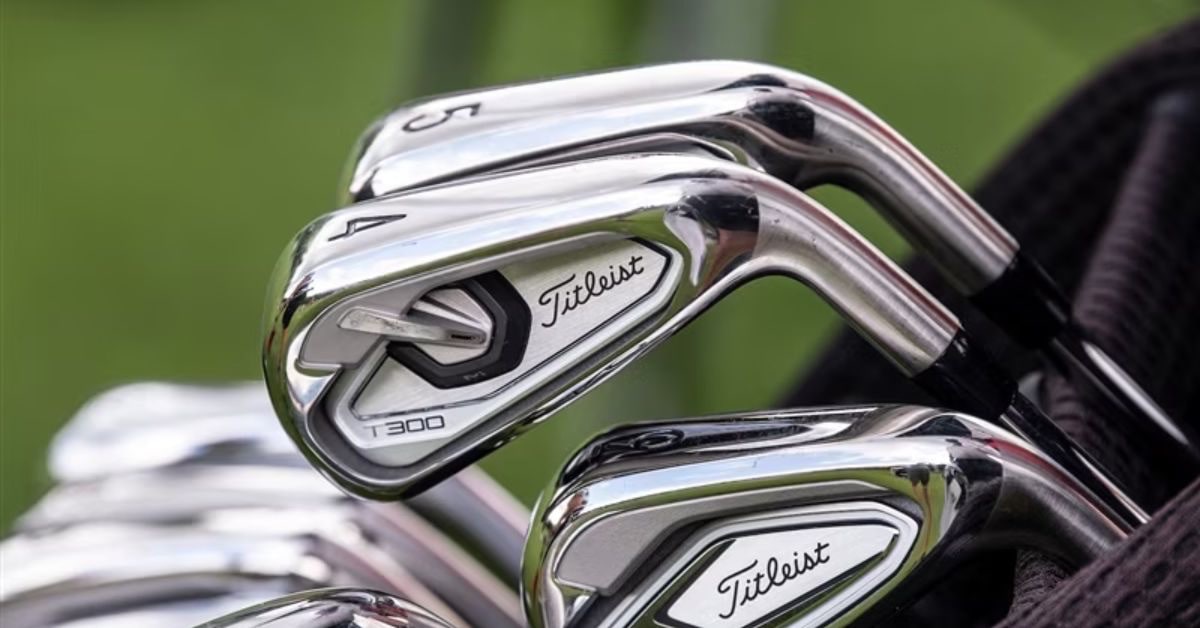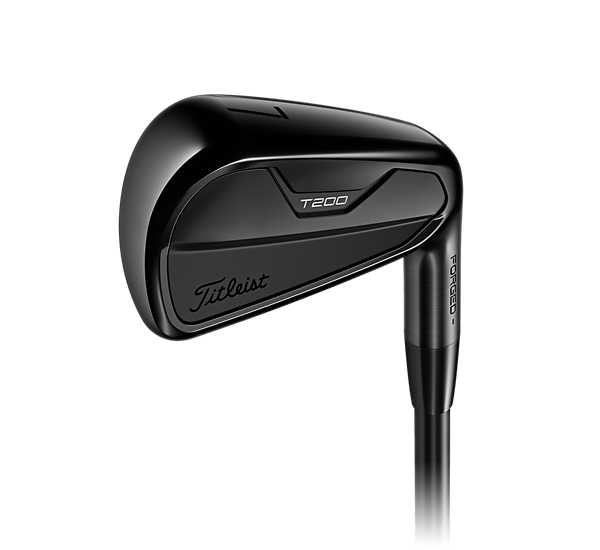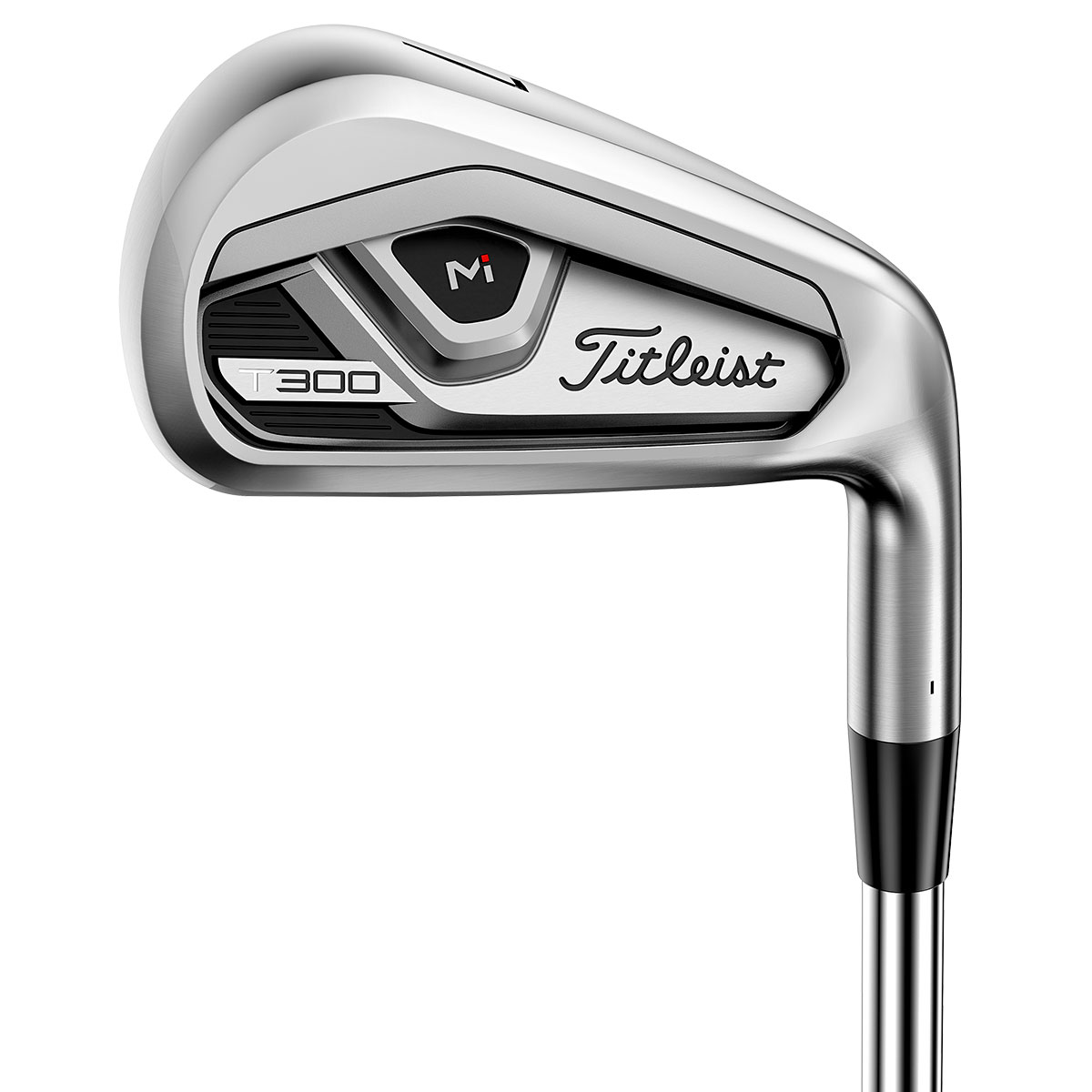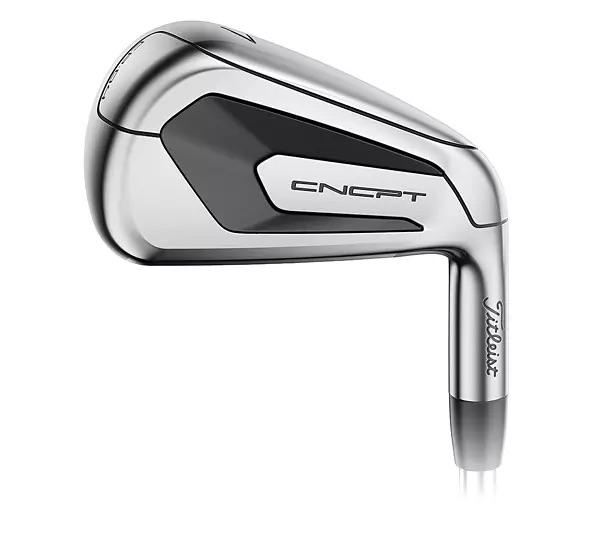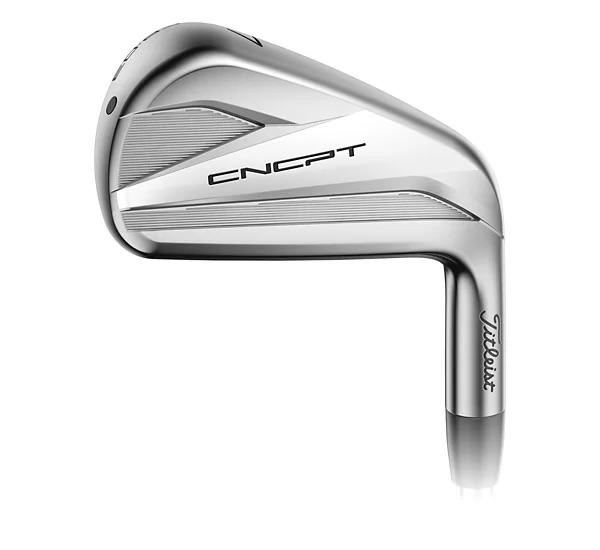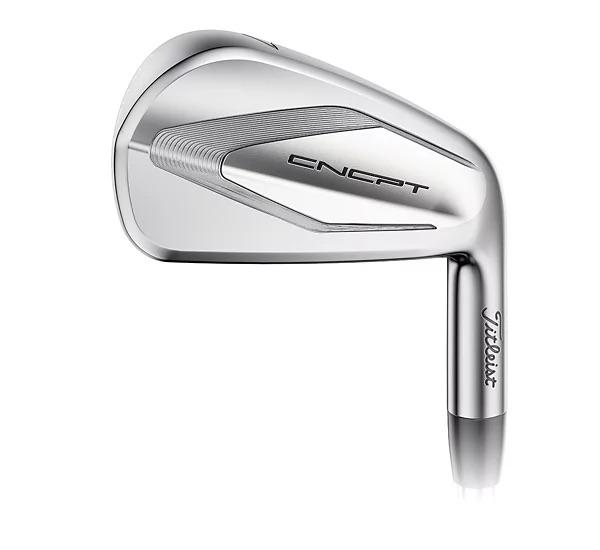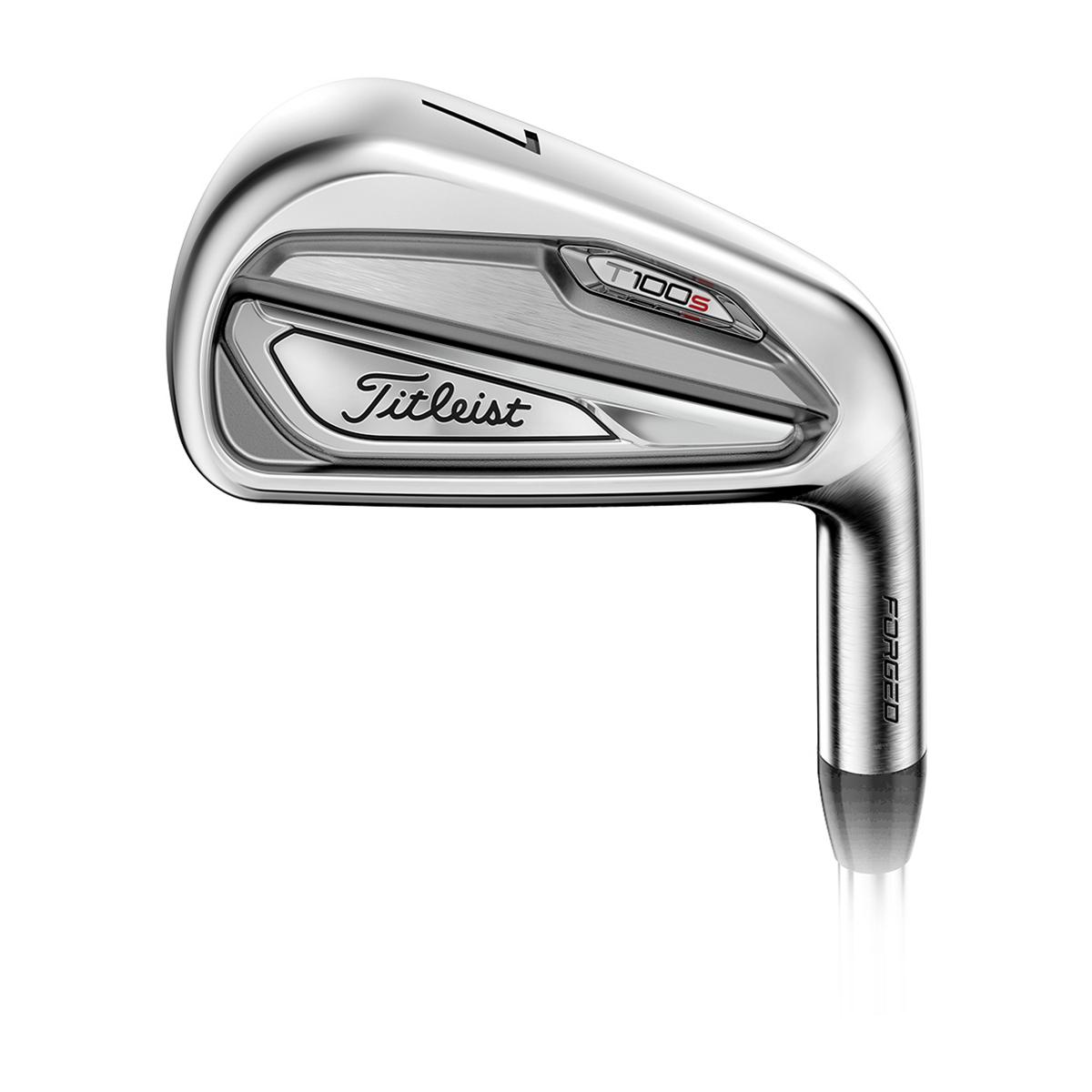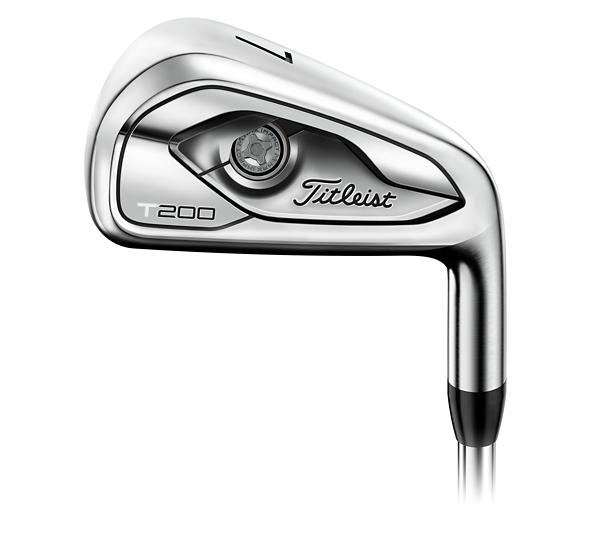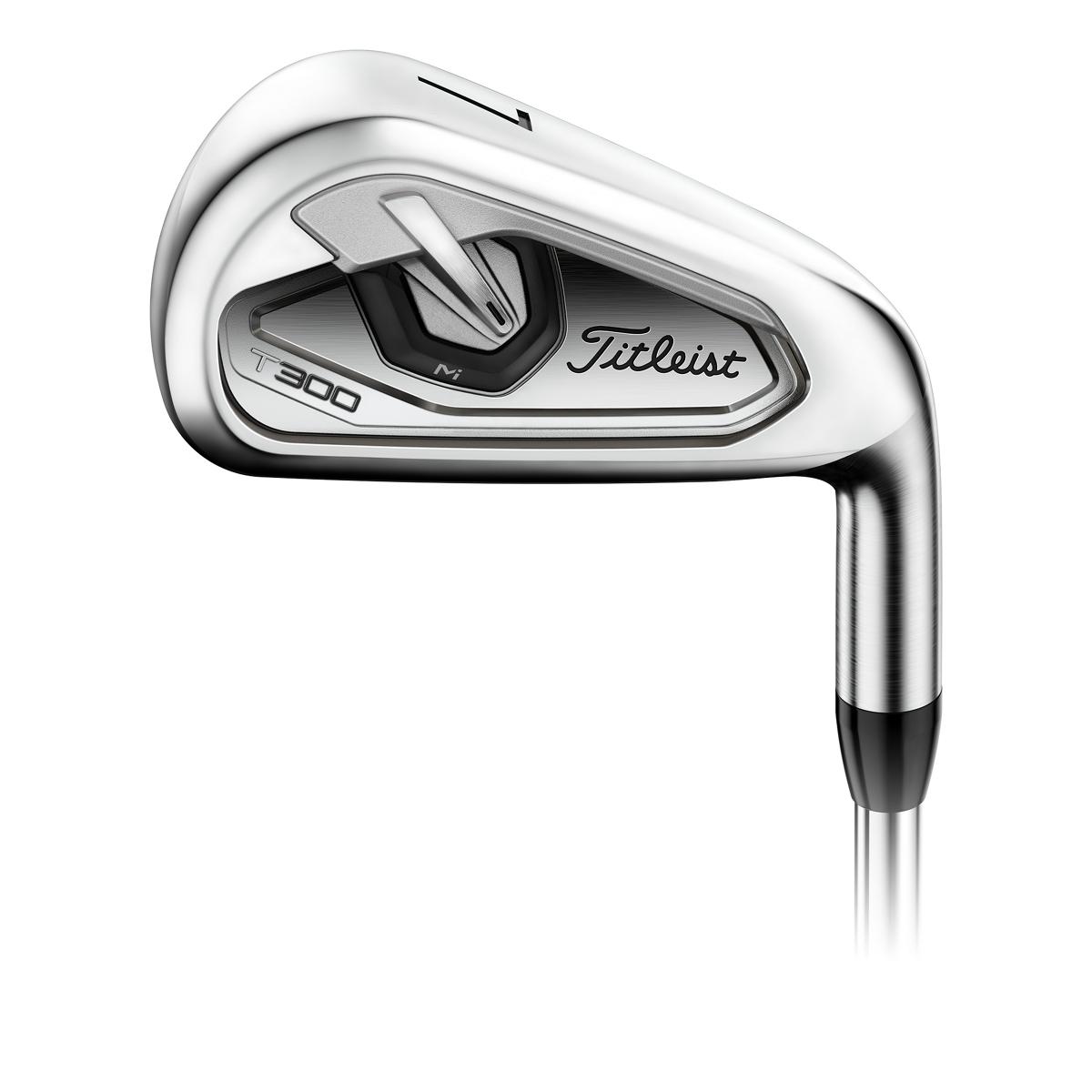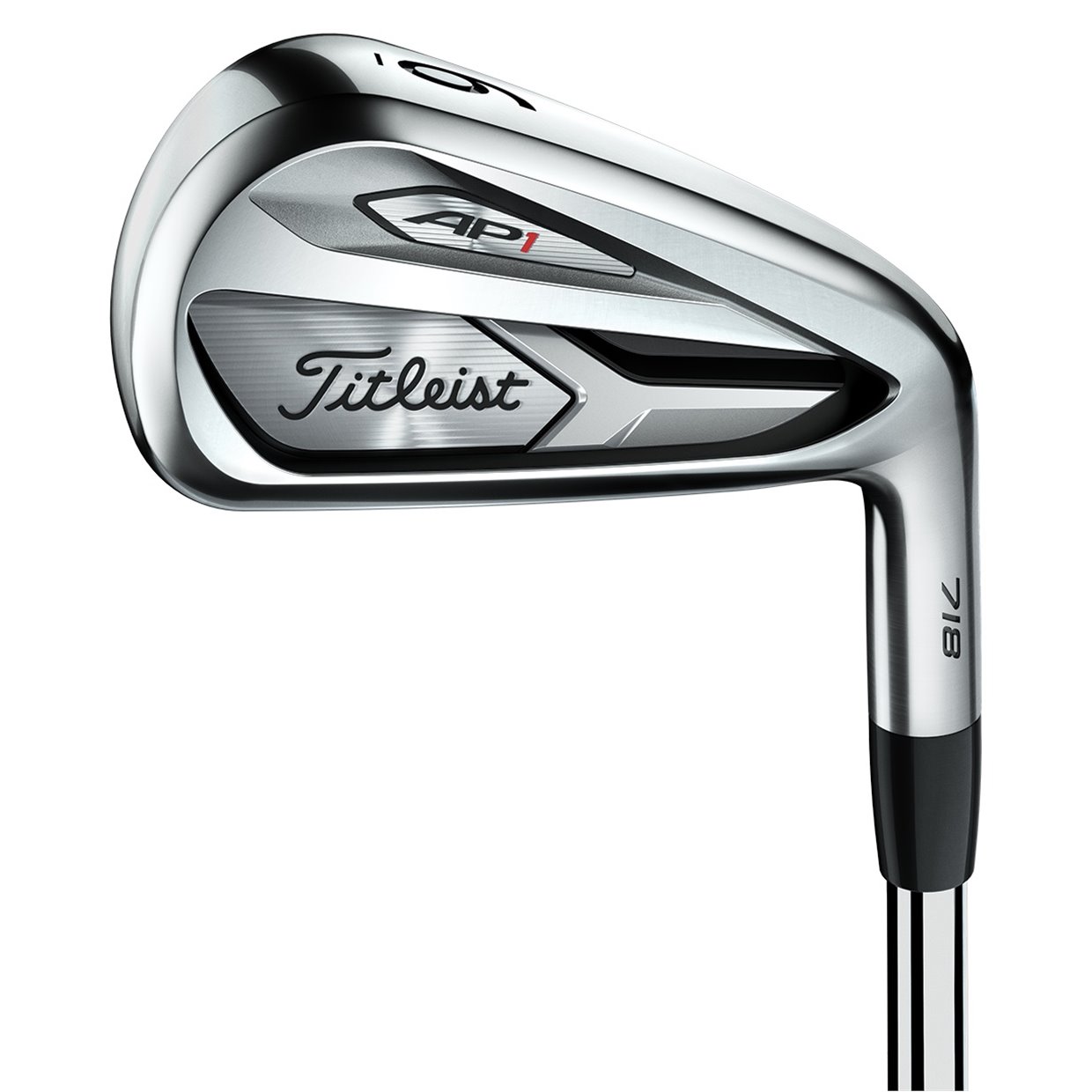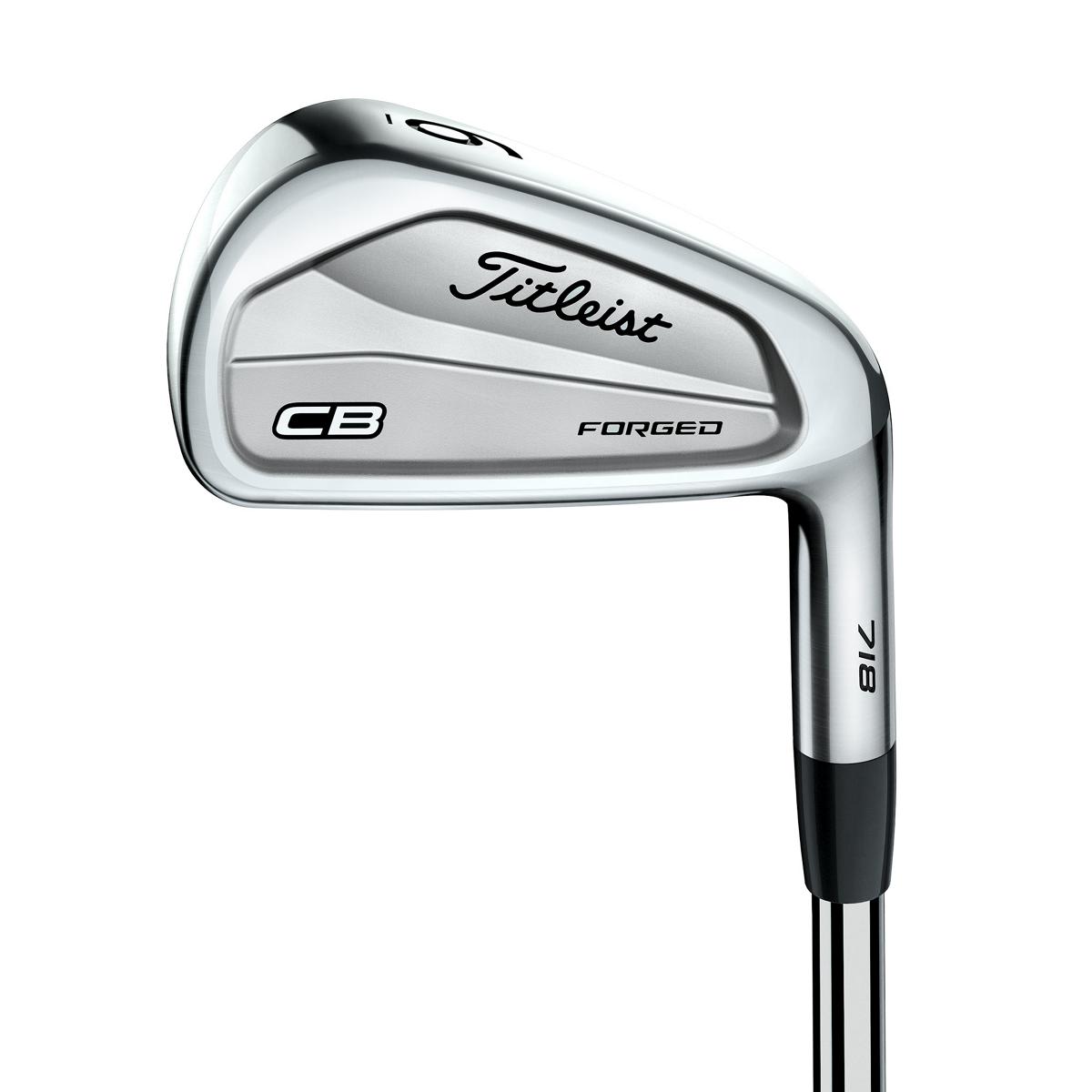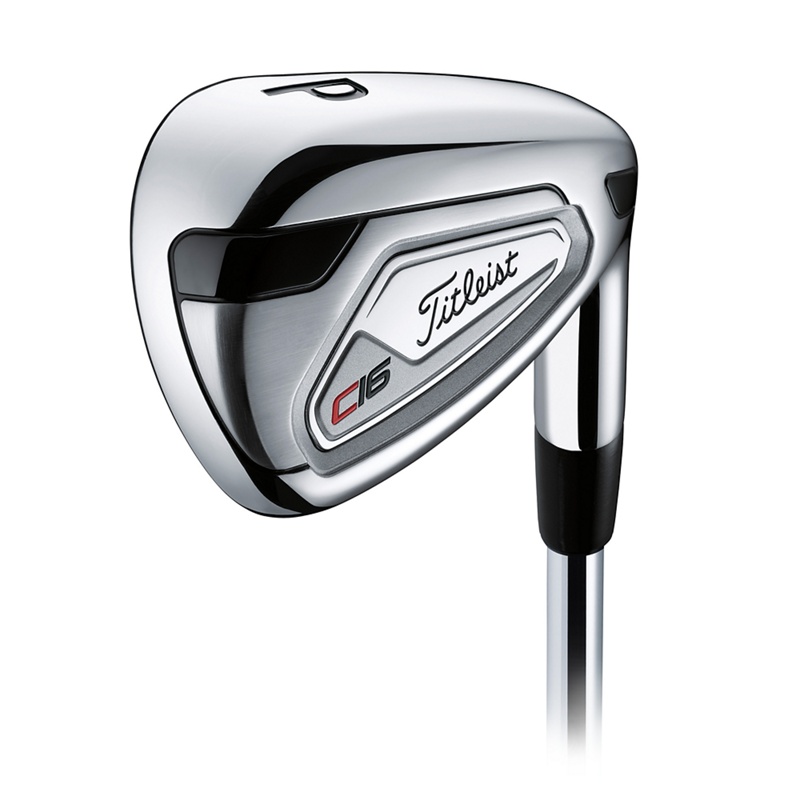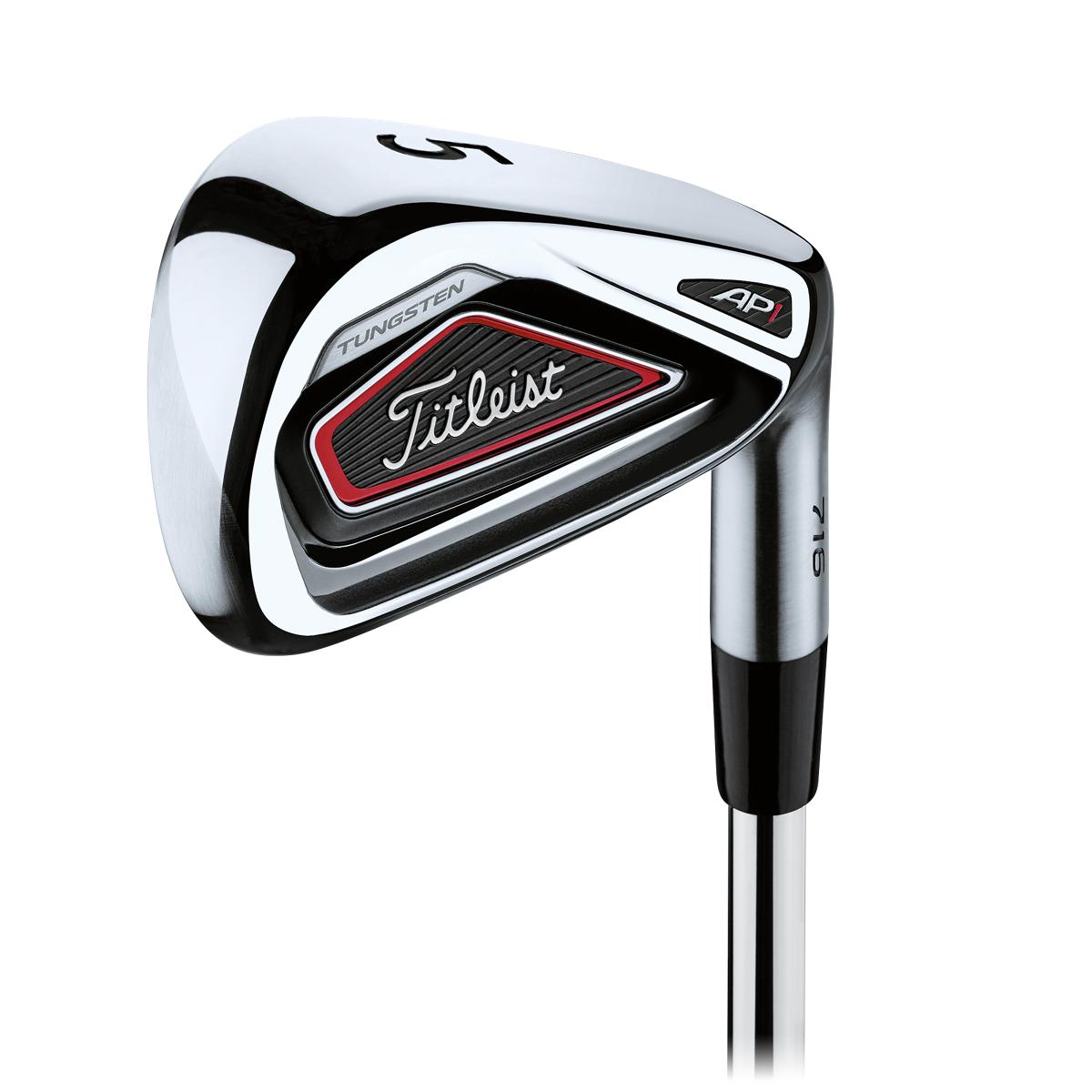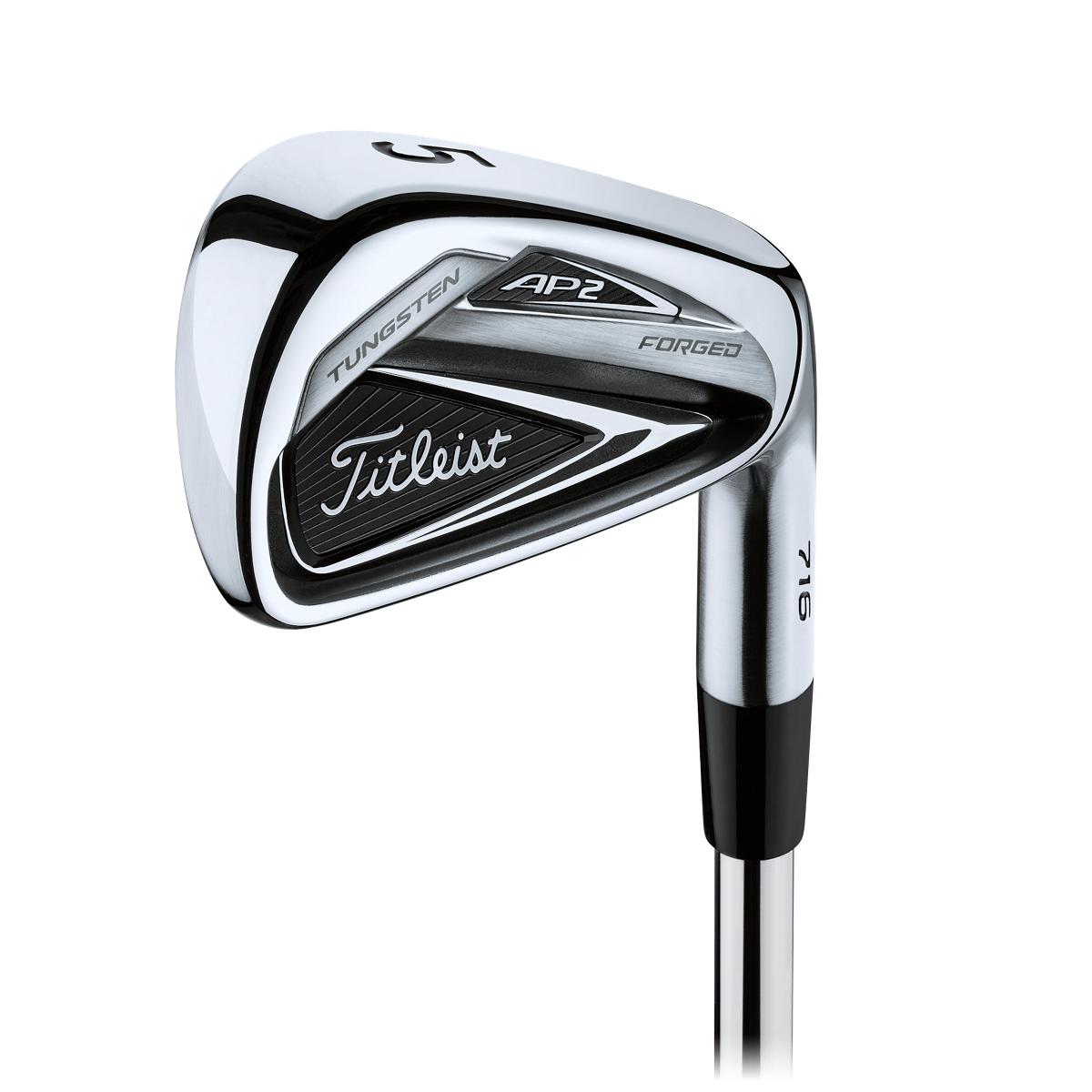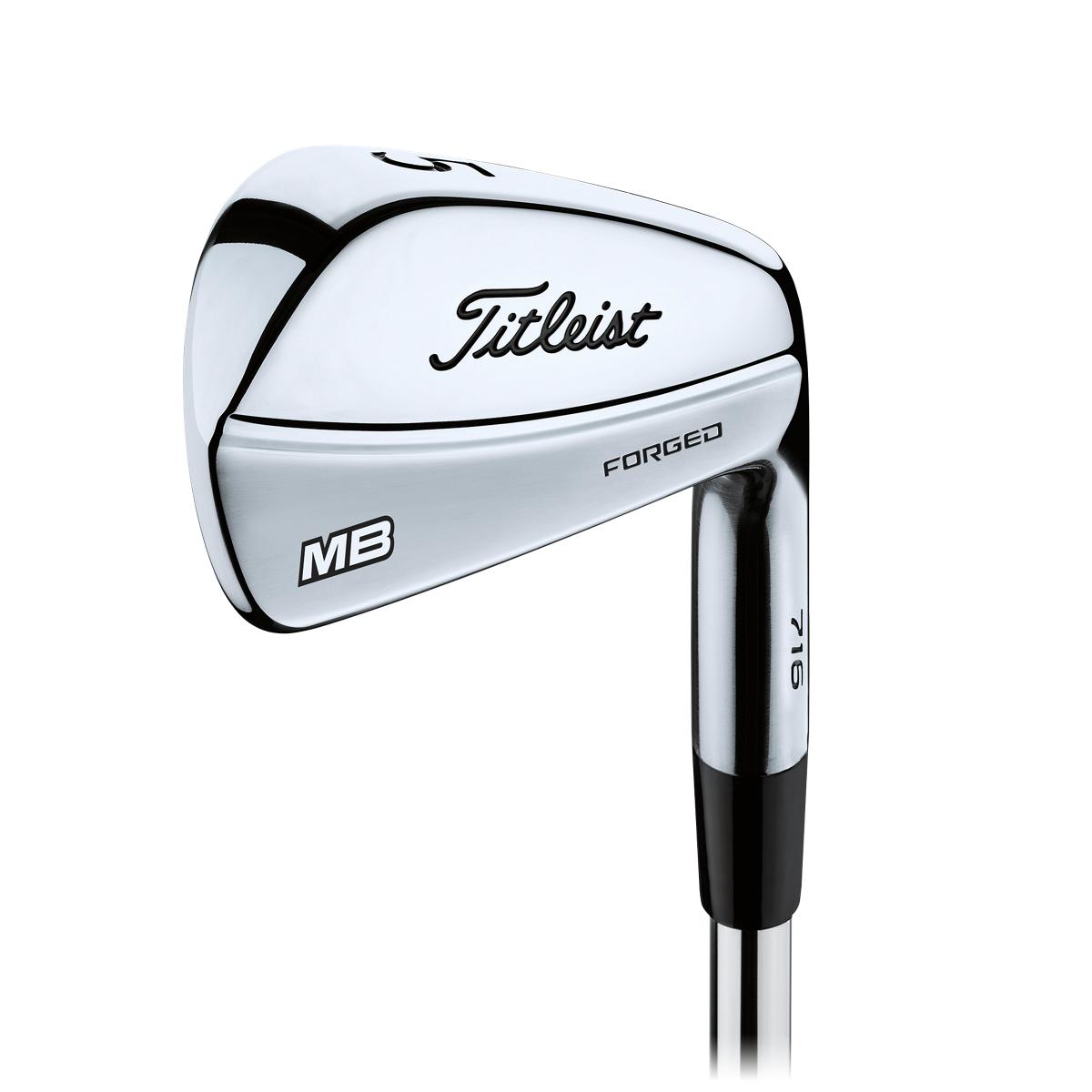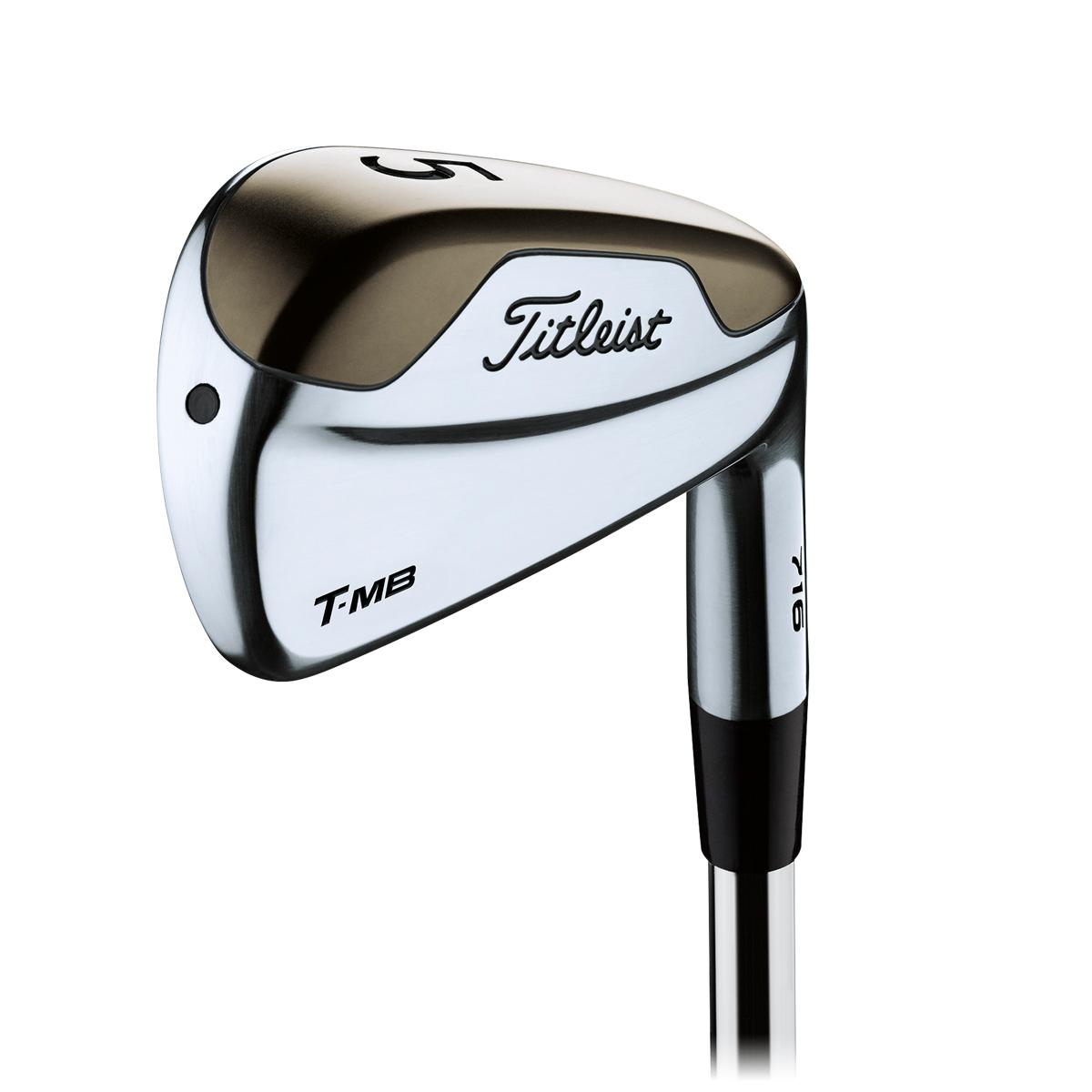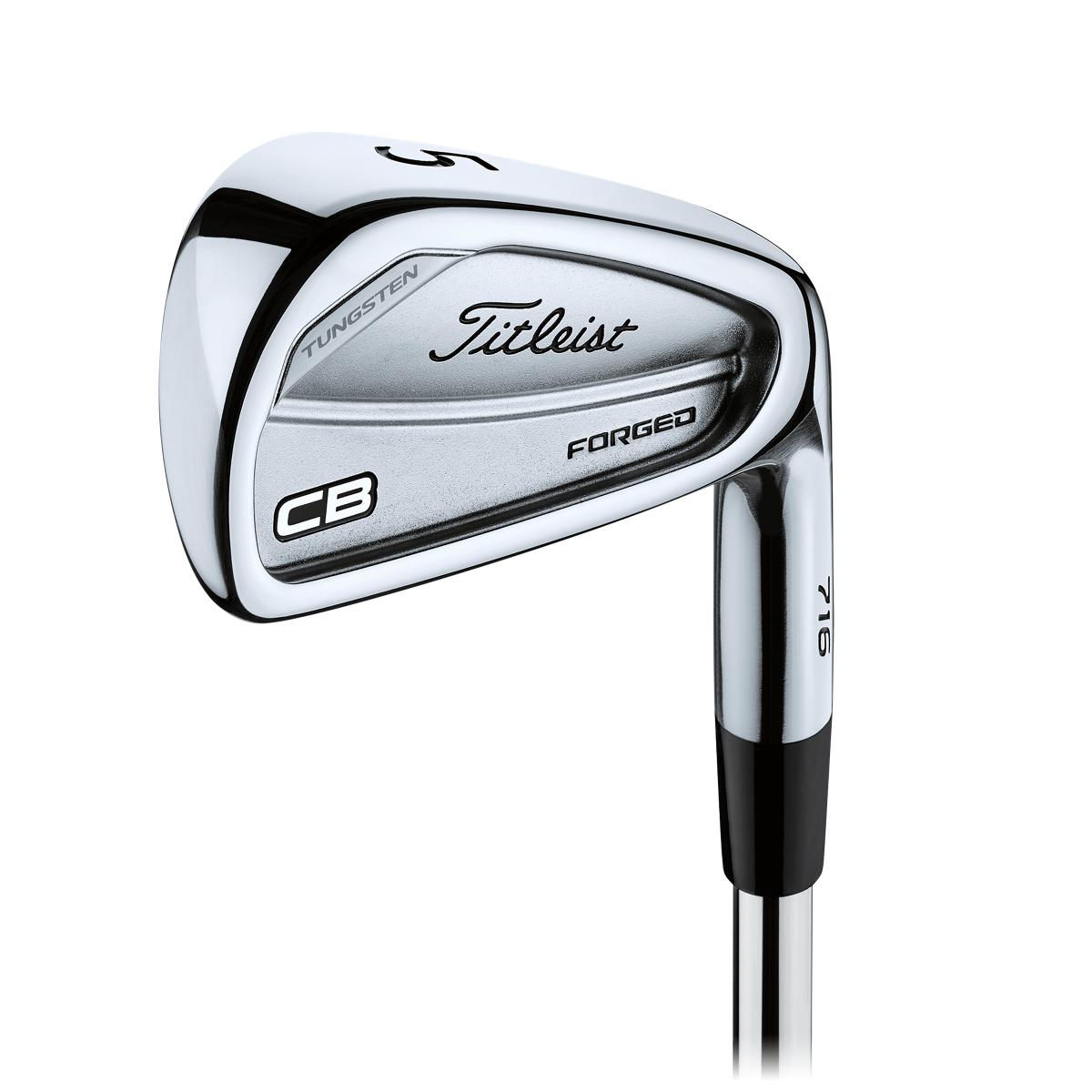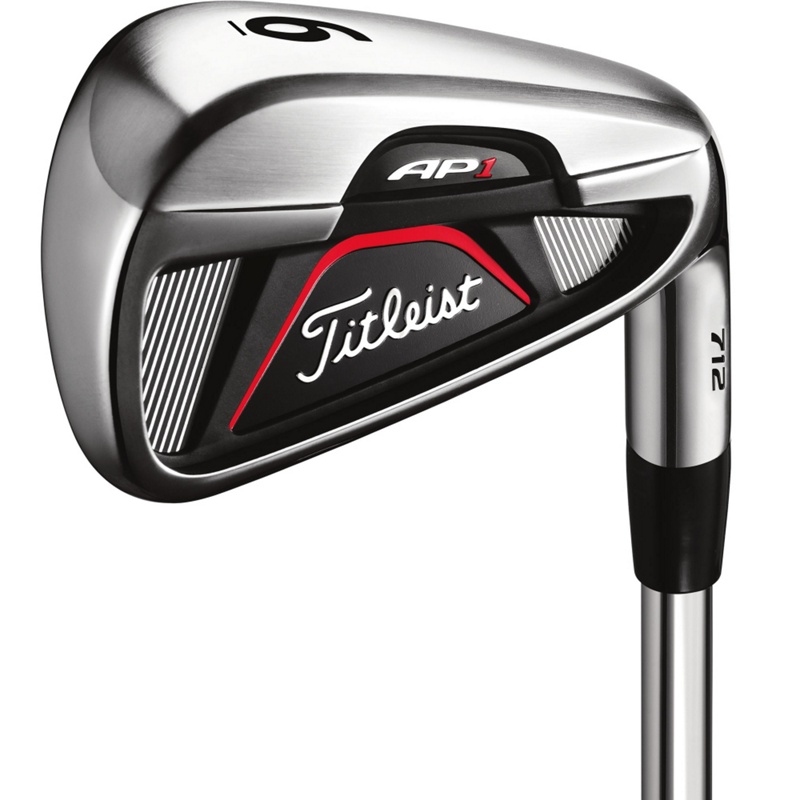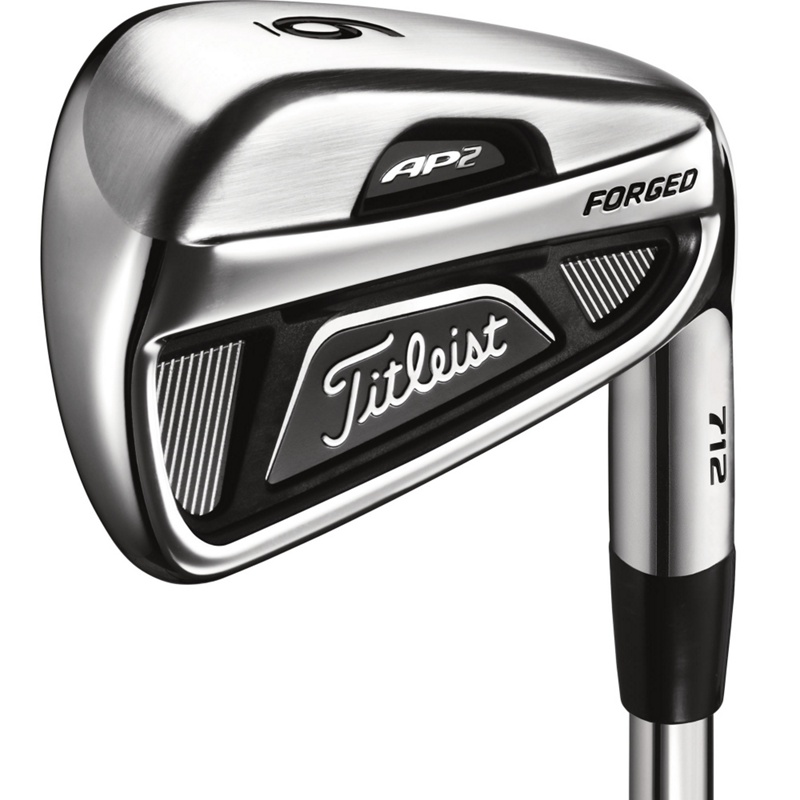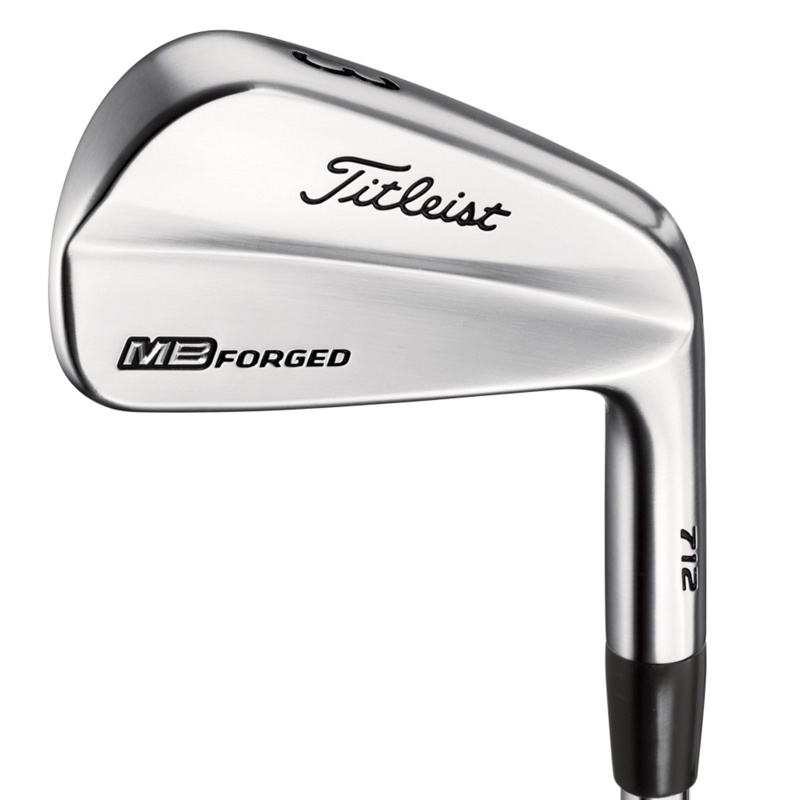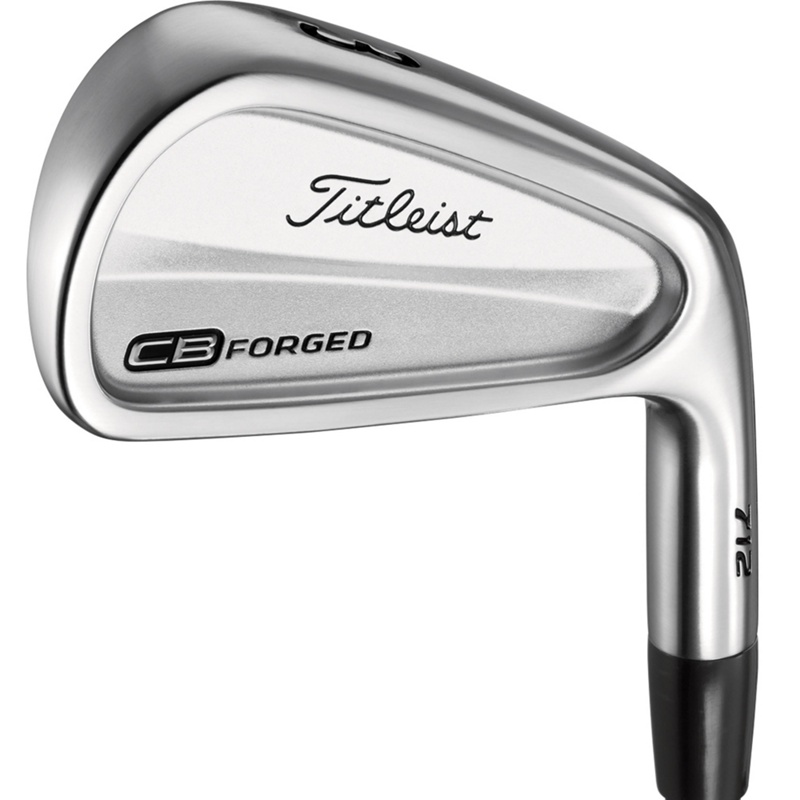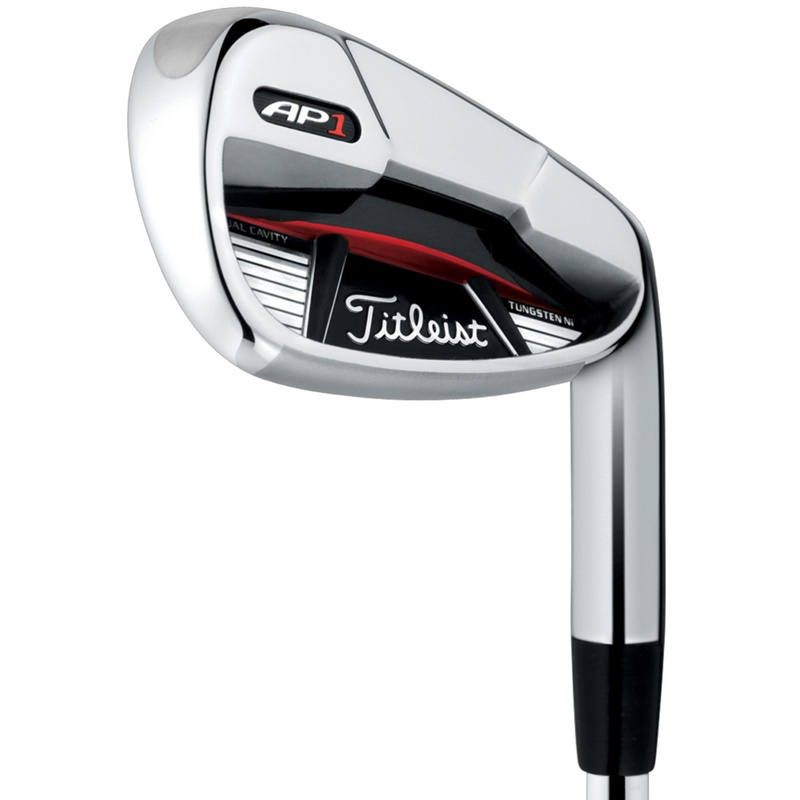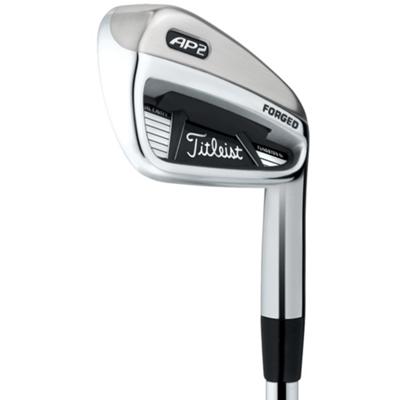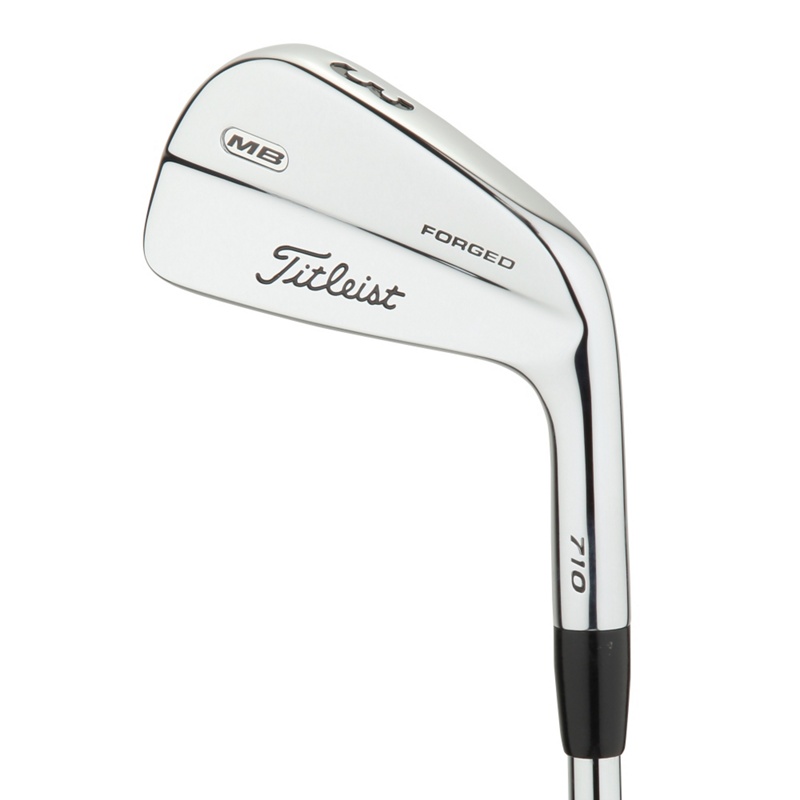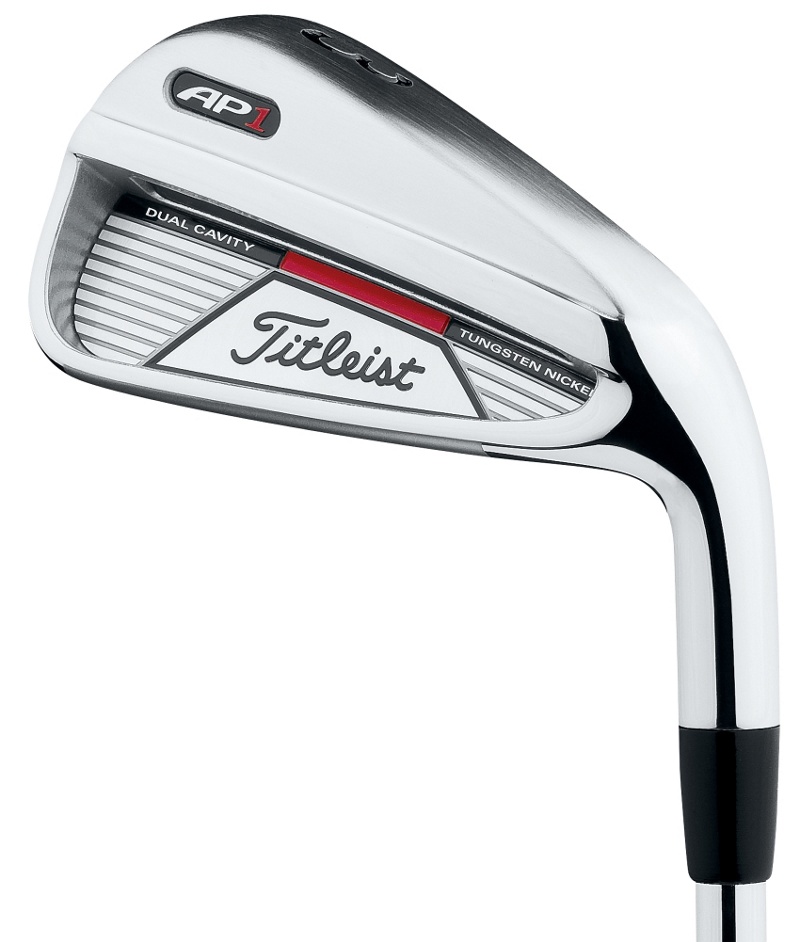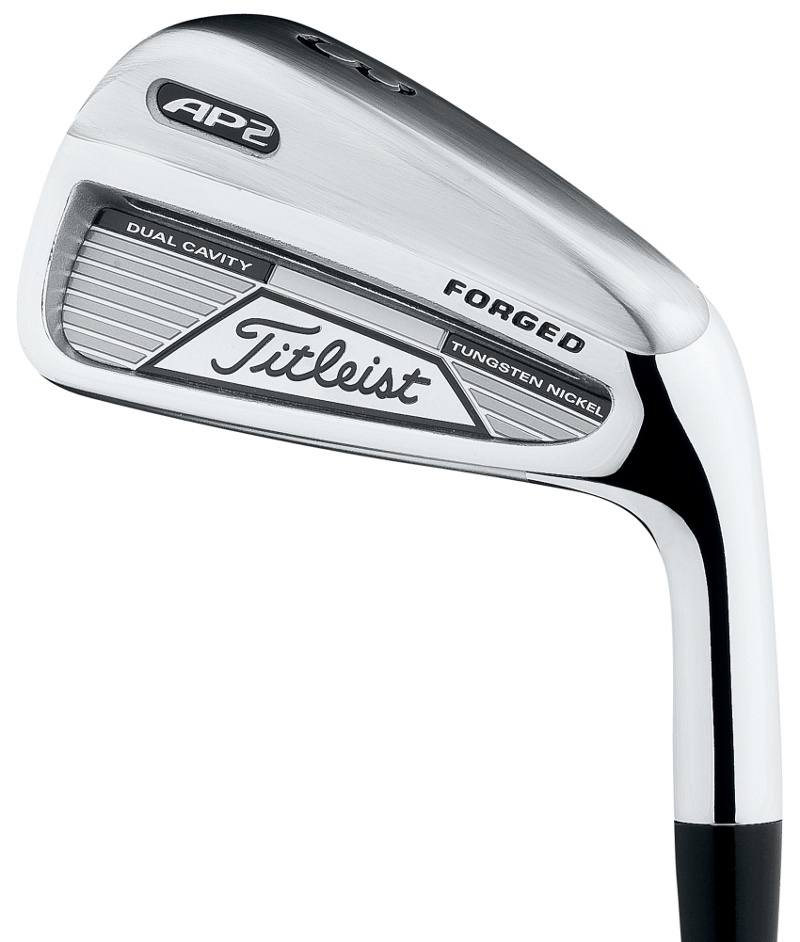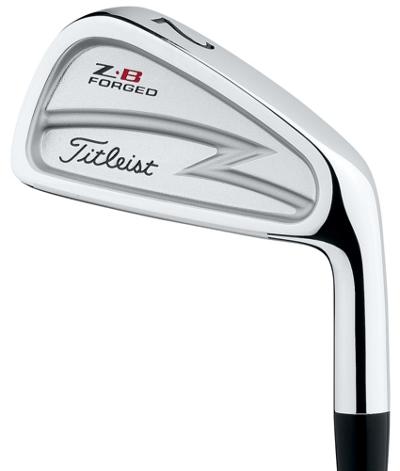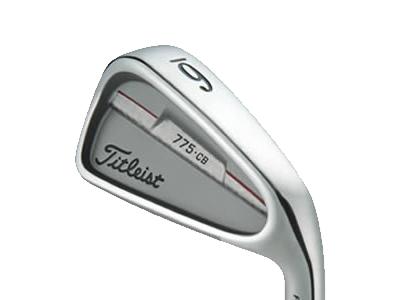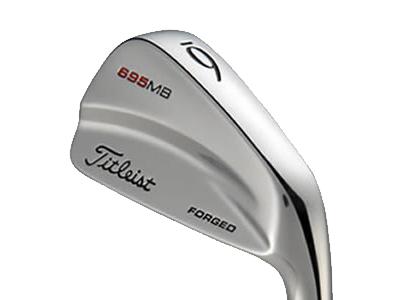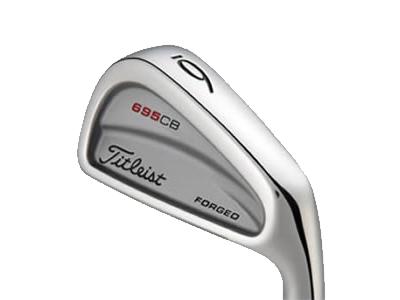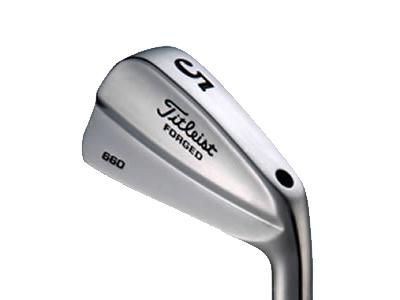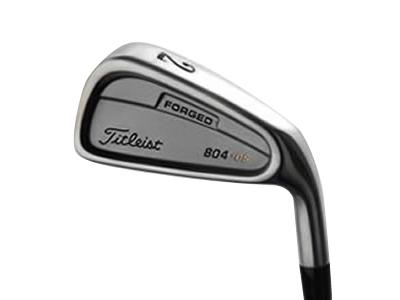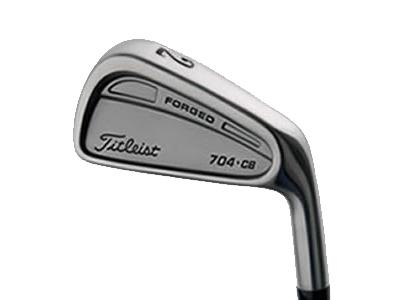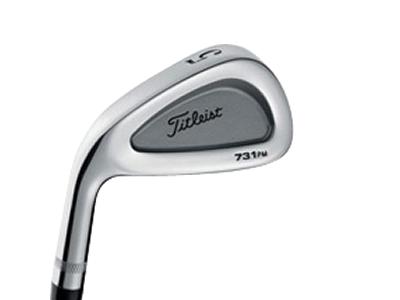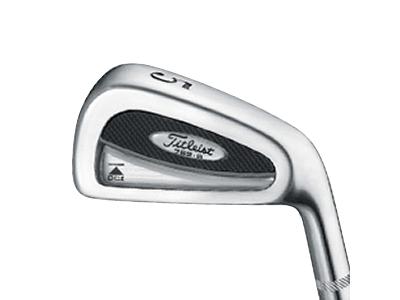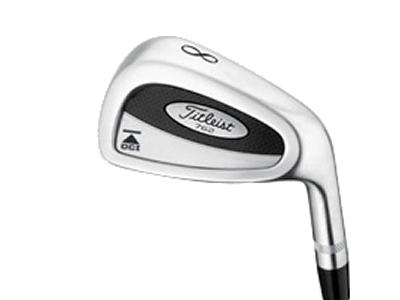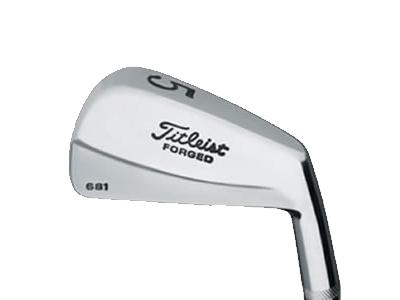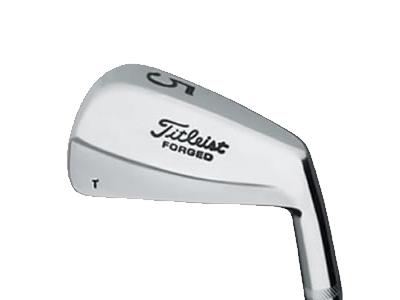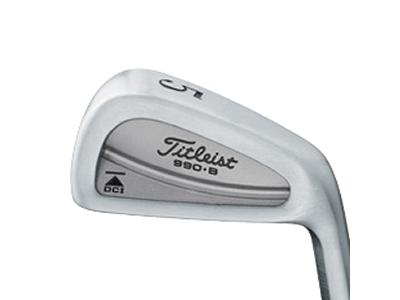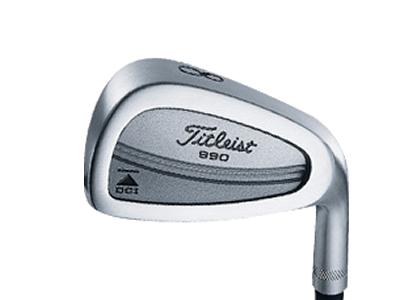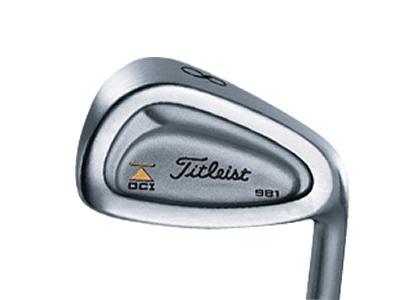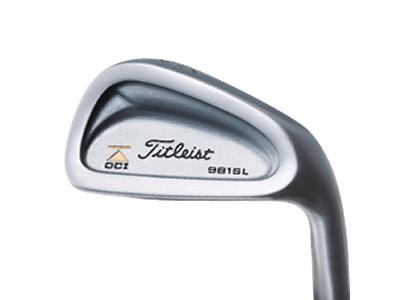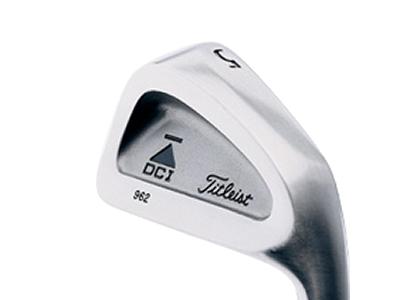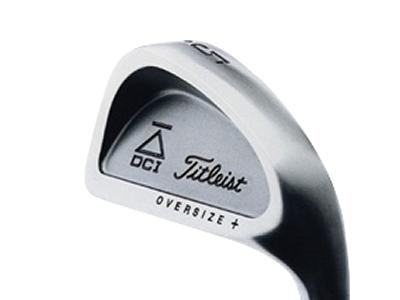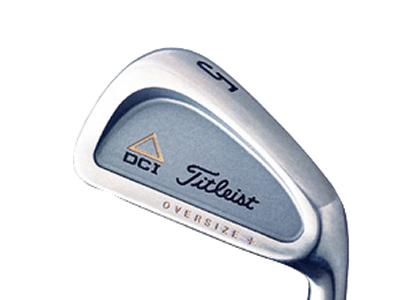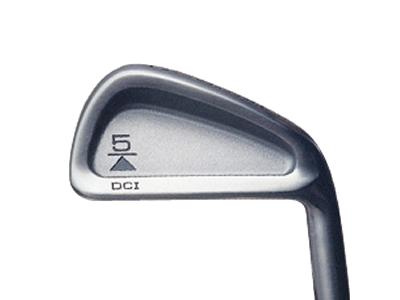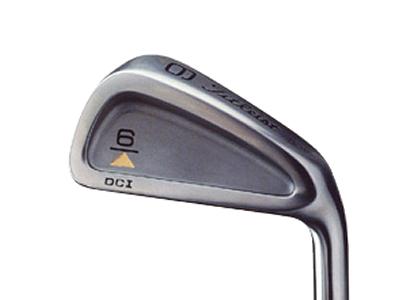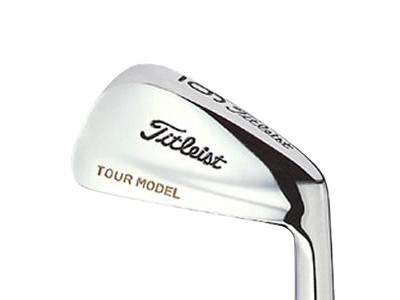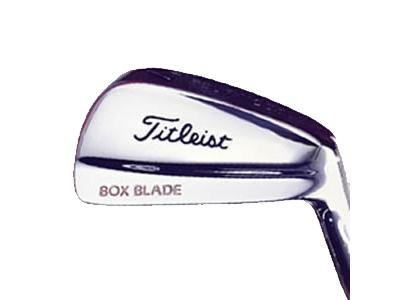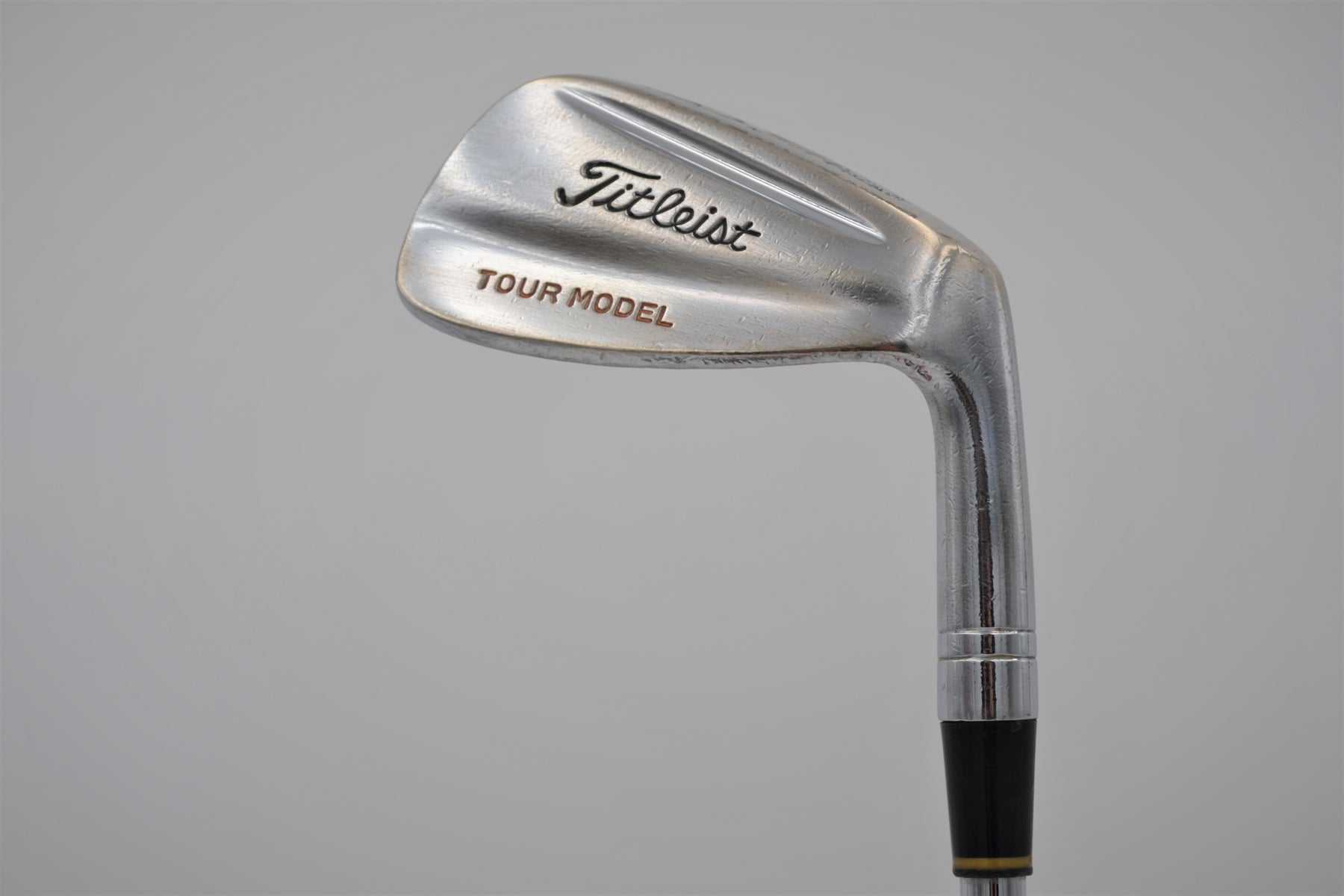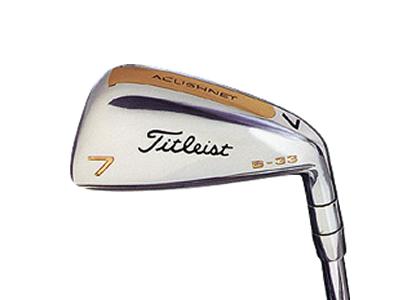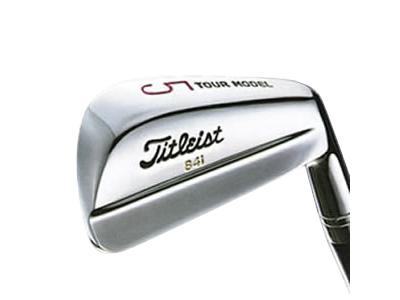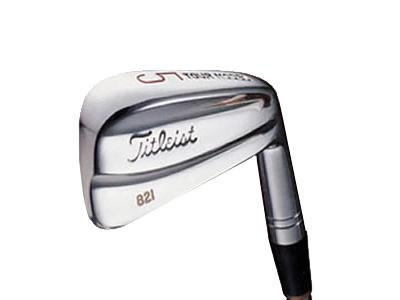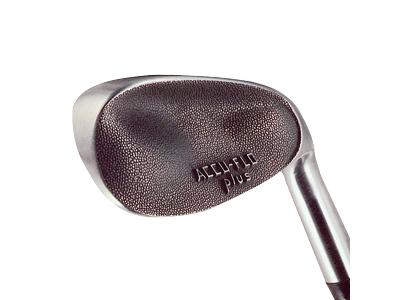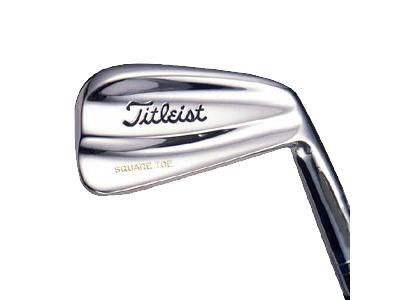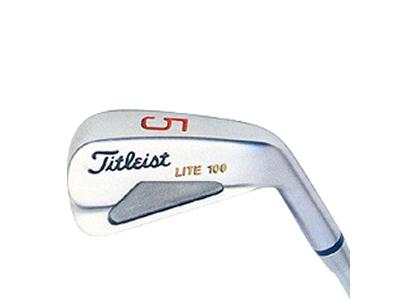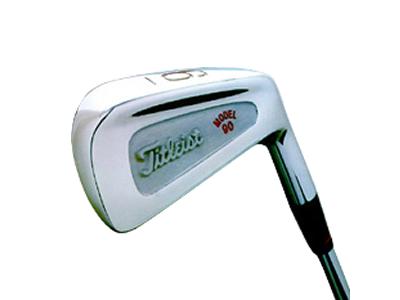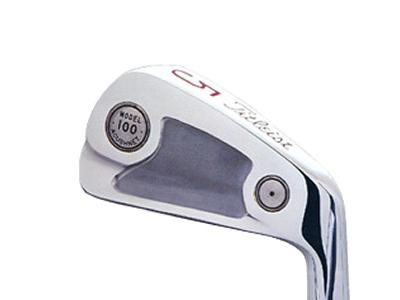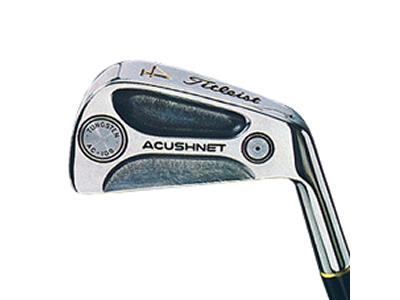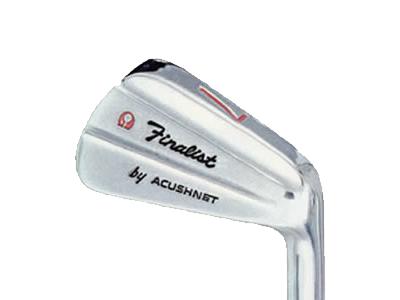First established back in the 1930s, Titleist is known for its quality golf equipment.
Having initially poured focus into producing the perfect golf ball — the ProV1 — the brand entered the club-making space in the 1970s with its forged irons.
Since then, Titleist irons have found their way into the bags of some of the best players in the world — along with millions of everyday golfers.
In this article, you’ll find a comprehensive list of Titleist irons by year.
Titleist Irons By Year
Titleist launched its first golf iron in 1970, titled the Finalist Forged irons. Since then, the company has evolved to produce some of the highest-quality irons in the game. Most recently, the Titleist T-Series was updated with the T100, T150, T200, and T350 targeting players of various skill levels.
Here is a complete list of every Titleist iron release:
Titleist Irons: 1970-1979
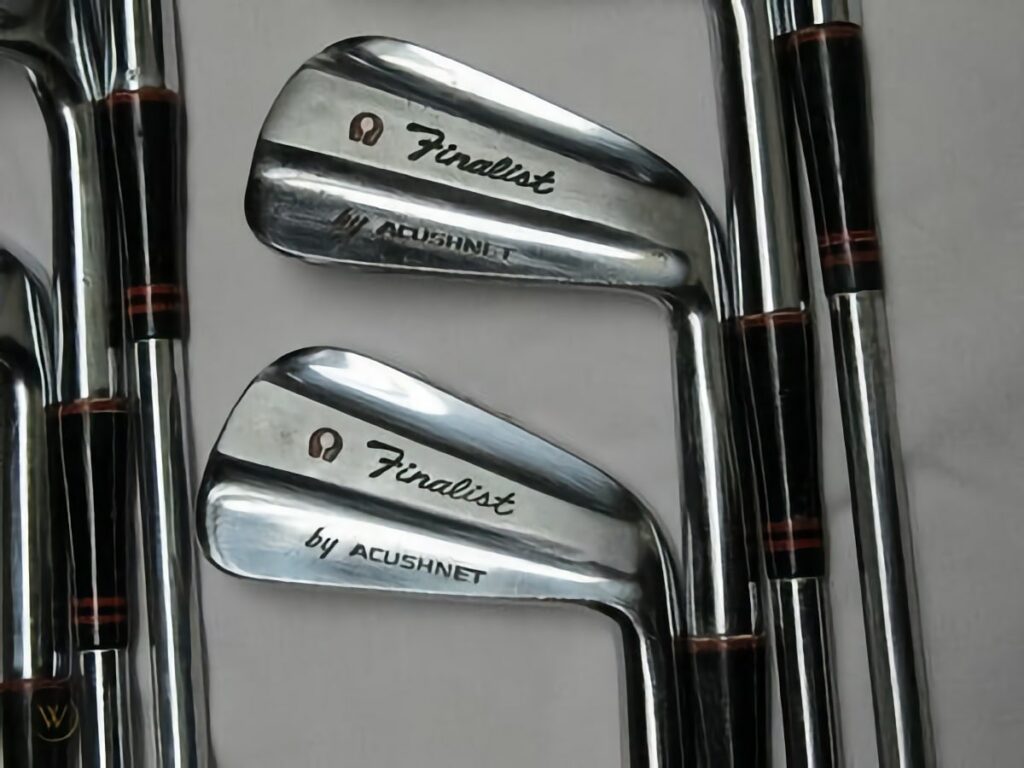
Part of the Acushnet Company, Titleist is an American brand of golf equipment.
Founded in 1932, the initial focus was on developing golf balls. After years of progress, Titleist celebrated becoming the most-used golf ball on the professional tour at the U.S. Open at Medinah CC in 1949.
Fast forward to 1970, and Titleist ventured into club-making off the back of its parent company’s acquisition of Golfcraft — an established golf club manufacturer.
That same year, Acushnet released the Titleist Finalist Forged irons. The design marked the start of a line of players irons, with a slim profile and tiny sweet spot.
Two years later, the AC 108 irons were released. This club was revolutionary as it was one of the first irons to incorporate tungsten perimeter weighting. For this reason, it offered more playability than traditional forged blades on the market.
FUN FACT: The branded tungsten toe weights used in the AC 108 irons were used in the first prototype Scotty Cameron putters.
In 1976, Titleist was purchased by American Brands — now known as Fortune Brands. At this time, they developed the Model 90 and Model 100 irons.
To round out a successful decade, Titleist launched the Tour Model irons in 1979. With a form factor drawn from the Finalist Forged irons released almost a decade prior, the Tour Model irons were designed for the best players and proved popular on tour.
Titleist Irons: 1980-1989
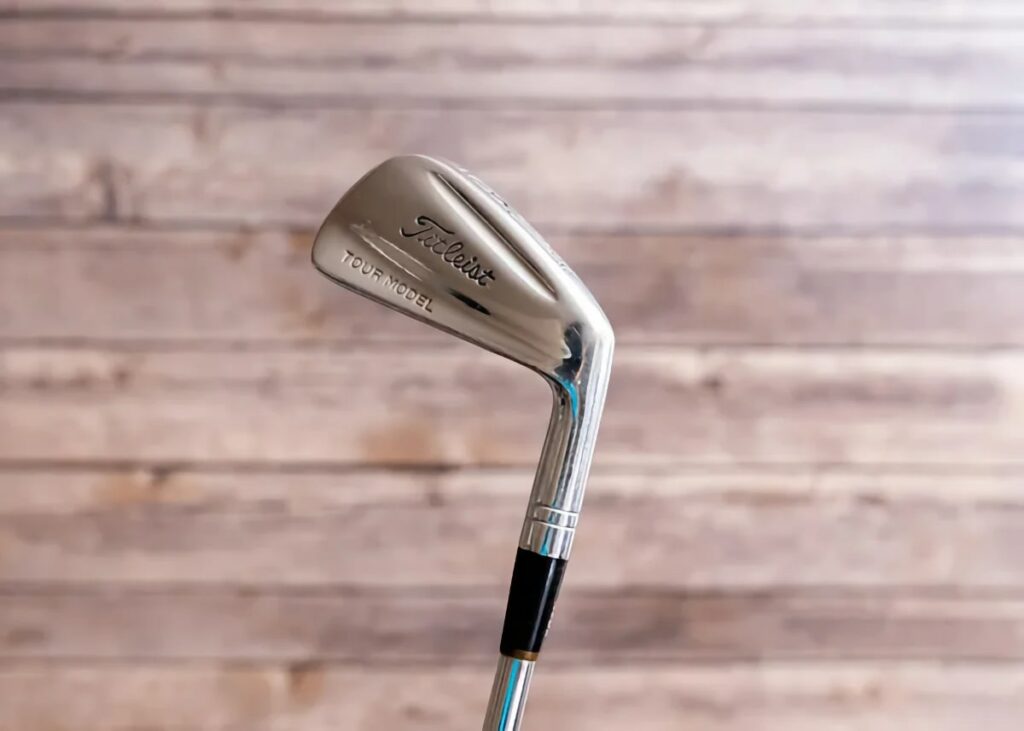
By the 1980s, Titleist had grown to become an established name in the golf space.
In 1981, the brand developed the Accu-Flo irons. Following a successful driver sporting the name two years prior, the Accu-Flo irons offered forgiveness in a striking design.
One year later, the Accu-Flo Plus irons were released. Featuring more offset and improved weight distribution, these proved easier to hit for the everyday golfer.
At the same time, Titleist was refining its bladed players iron. The Tour Model irons were updated in 1981 and 1982, offering subtle refinements to a proven head shape.
Subsequently, this was followed by the Tour Model 821 and Tour Model 841 irons, which were released in 1983 and 1984 respectively.
In 1986, the Titleist B-33 irons were introduced. Significantly, this club featured a foam-filled hollow cast head and marked the brand’s first foray into casting.
Following this, they developed the DTR irons. Also cast, these were designed with a large rear cavity. Basically, this allowed for weight to be distributed to the perimeters of the club head, adding forgiveness on off-center strikes.
Titleist Irons: 1990-1999
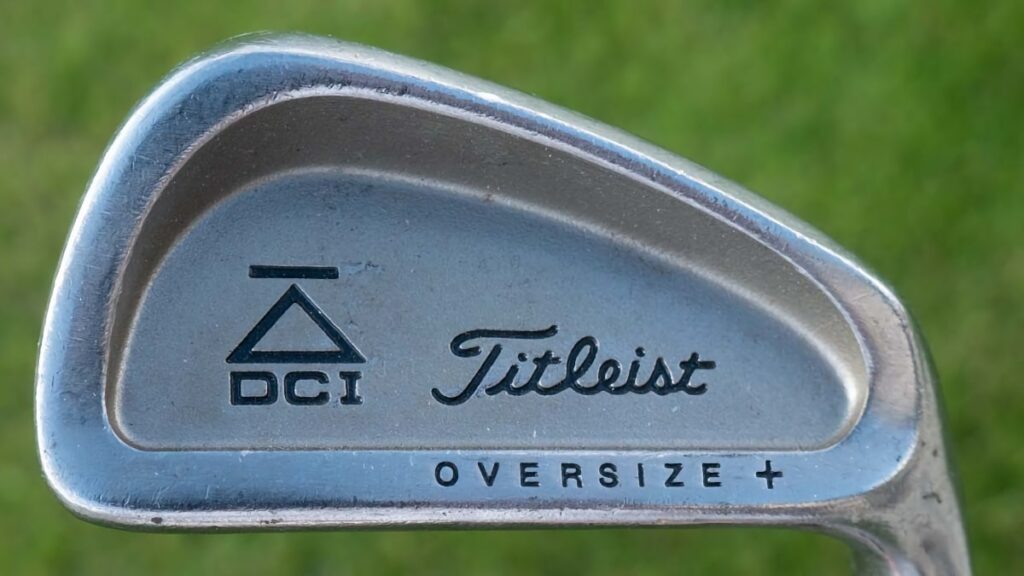
In the 1990s, Titleist focused primarily on two types of golf irons:
- The Tour Model series — blades designed for lower-handicap players
- The DCI series — game improvement irons for higher-handicap players
In 1991, the Tour Model blades received another update. This version proved highly successful, and the same design was manufactured up until 1997.
In 1993, the brand launched the DCI Black and DCI Gold irons. These targeted the everyday golfer, featuring a thicker topline and a large rear cavity.
Three years later, the DCI line received an update. Titleist developed the DCI Oversize + version, featuring a large and dependable club head for better strike and accuracy.
Toward the end of the 90s, Titleist released several iterations of the DCI line. This included the DCI 962, DCI 981, and DCI 990 irons.
Titleist Irons: 2000-2009
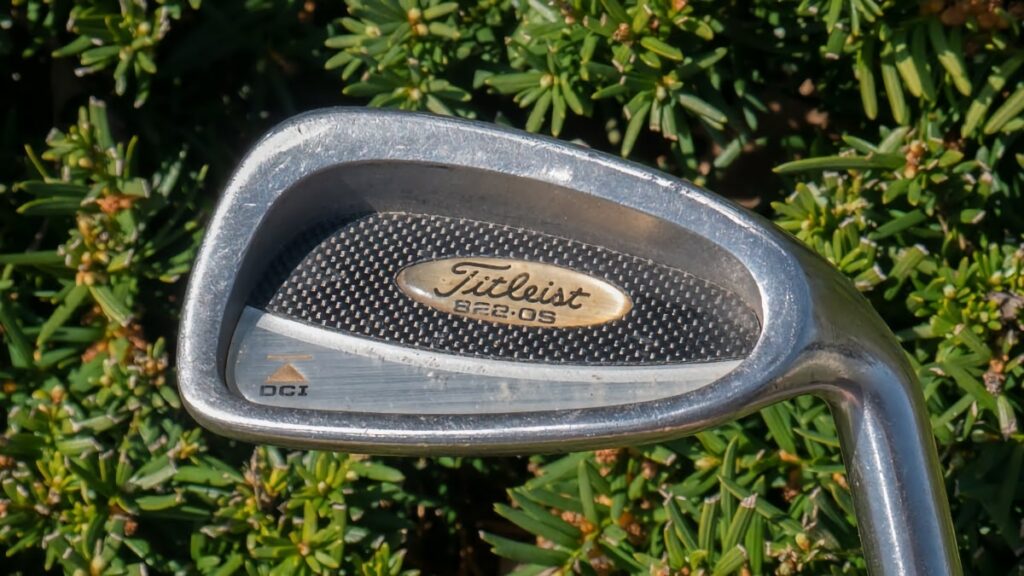
In 2001, the Titleist 681 and 681 “T” irons were released. Unquestionably, these limited-edition forged blades were targeted toward the better player who preferred the looks and feel of traditional forged iron blades.
That same year, the Titleist DCI 762 irons were introduced. In short, they were based heavily on the DCI irons of the 90s, crossed with more precise weight distribution.
In 2003, they released the 680 irons. With a classic appearance and a reasonable amount of offset for forgiveness, they initially proved very popular on tour. Adam Scott has spoken of his love for the early 2000s Titleist 680 blades:
“Irons are made so beautifully and perfect now, but it’s just a little different than what I grew up looking at. There’s very little offset; not many guys out here play with offset these days, but that’s what I grew up playing and that’s what the 680s have. Also, they have quite a sharp leading edge and sole, and that kind of turf interaction is a big thing for me. It’s quite a sharp edge and it keeps me very shallow, and I know if I’m getting steep the club is going to stick in the ground a little bit so it helps me keep my swing where I like it.”
Adam Scott via Golf.com
In 2008, the brand launched the original AP2 irons. One of their most hyped releases, the AP2’s multi-material head design was referred to by its engineers as “a total process breakthrough for constructing an iron.”
At the rear, there was a tungsten nickel box to position more weight lower in the head. Hence, launch and forgiveness were improved.
When the AP2 arrived, it exploded Titleist’s reputation for its golf irons into another dimension. While the brand had previously been known for its blades for single-digit handicappers, the AP2 line opened up the broader golf market.
Titleist Irons: 2010-2019

In the 2010s, Titleist continued to ride the wave of success from its AP2 line.
In 2011, they introduced the 712 AP2 irons. These sat within a lineup targeting every type of golfer, along with the 712 AP1, 712 MB, and 712 CB versions.
Later, Titleist casually dropped the C16 irons in 2016. At $3,000 and only available with a club fitting at one of the brand’s few locations, it was undoubtedly an exclusive release.
In fact, the “C” in C16 stood for “concept” and set the precedent for an experimental line of clubs released several years later titled CNCPT.
In 2019, the T-Series was introduced — the lineup included the T100, T100s, T200, and T300. The T100 and T100s versions had smaller heads and suited the better player, while the T200 and T300 offered explosive launch and forgiveness.
Titleist Irons: 2020-Present

Moving into the 2020s, the T-Series remains the sole iron focus for Titleist.
In 2021, after initial testing conducted with its PGA Tour players, Titleist updated the full T-Series — with revised models of the T100, T100s, T200, and T300.
The T300 irons were the brand’s best offering in the game-improvement iron category. Featuring a thick, strong head design, the T300 offers explosive launch off the clubface for consistently long carry distances in a beautiful design.
In 2023, Titleist refreshed its lineup with new T100, T150, T200, and T350 irons.
Currently, the Titleist T200 irons are our favorites for mid-to-high handicappers who seek forgiveness — without compromising looks.
Simply put, they’re beauties. Check them out at Worldwide Golf Shops below:
PROS
+ Plenty of forgiveness
+ Beautiful, classic appearance
+ Compact and sleek head shape
+ Strong distance capabilities
+ Suits a variety of skill levels
CONS
– Premium price tag
– Not as soft feeling as other irons

